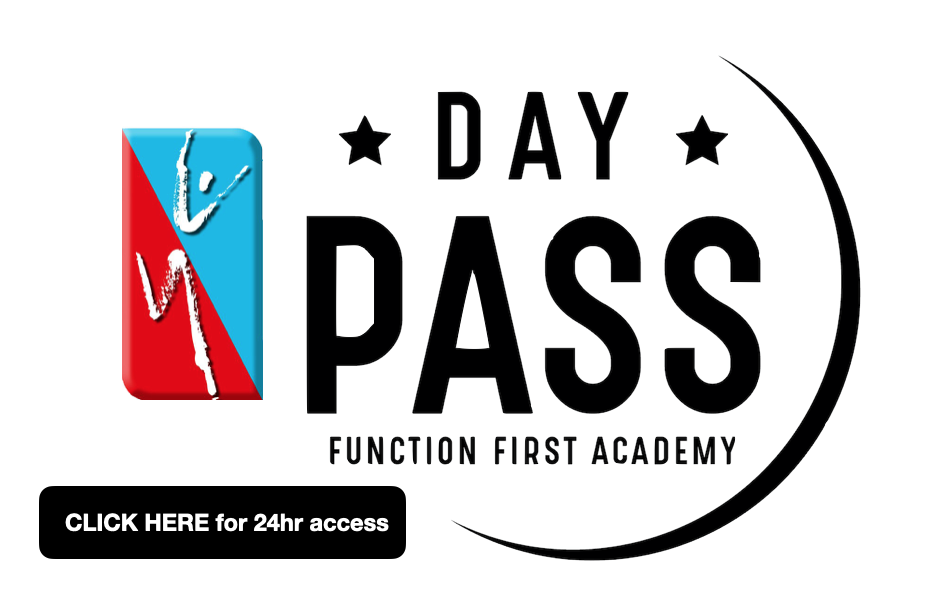LEVEL B: Quadruped (offset) Anterior-Posterior Counter Stretch
Functional Purpose
Biomechanical Outcomes:
Orientation of the torso horizontal to the floor and offsetting knees and hands creates a rotational moment on the trunk.
Uncoupling hips facilitates an increase in relative hip extension on the involved side, creating tissue extensibility in superficial front line and lateral line.
Pre-positioning the hips | knees in offset, staggered position creates lateral lumbar flexion toward the uninvolved side.
Supination of the forearm and external rotation of the gleno-humeral further enhances tissue extensibility of lats with the line of tension generated.
Eccentric load is generated on those tissues and the shoulder girdle for stability as the ball moves away from the hips. A relative counter rotation occurs between the pelvis/lumbar spine and the thoracic spine as the ball moves away.
Neurological | Physiological Outcomes:
Enhance dynamic stabilization of lumbo-pelvic-hip region | shoulder girldle and eccentric control of the body’s CoG as the ball begins to roll.
Rhythmical anterior - posterior rolling the ball creates a controlled, dynamic environment which the motor system can enhance its efficiency with regards to timing required for stability.
Psycho | Social Outcomes:
As the biomechanical, neurological | physiological complexities often upregulate cognitive states of fear, apprehension, and avoidance, this exercise fosters the emergence of psychological & environmental resiliency | adaptability while simultaneously expanding a client’s belief in self-reliance & movement adherence.
Modifications:
The ball can be placed higher up the arm toward the elbow to decrease the lever length of the arm and the associated stability demands at the shoulder.
Contraindications:
Lack of upper body strength to support loading during the anterior weight distribution.
Wrist pain and/or limitations in wrist extension.
